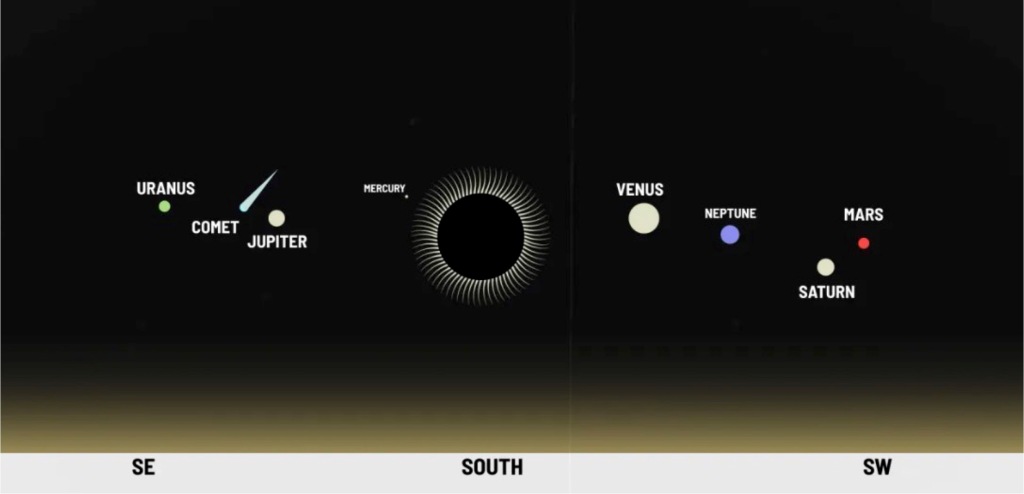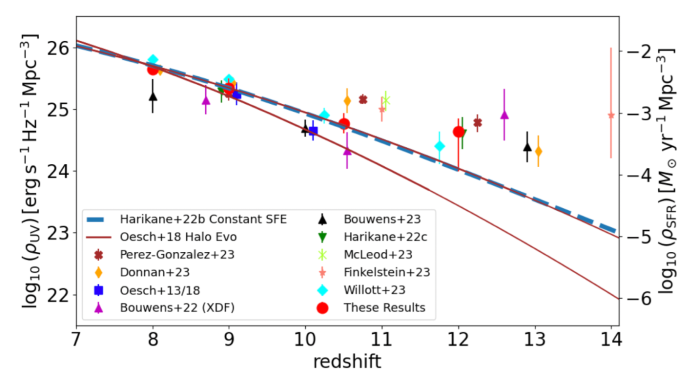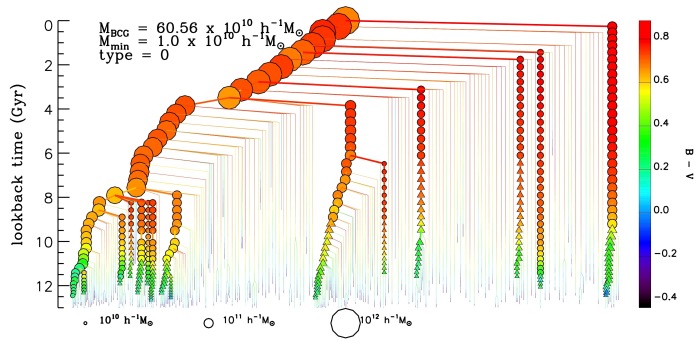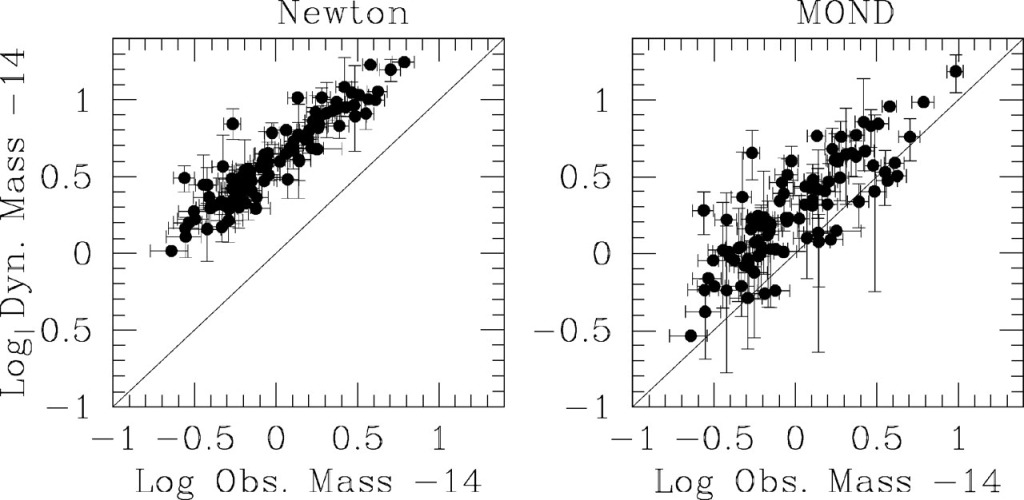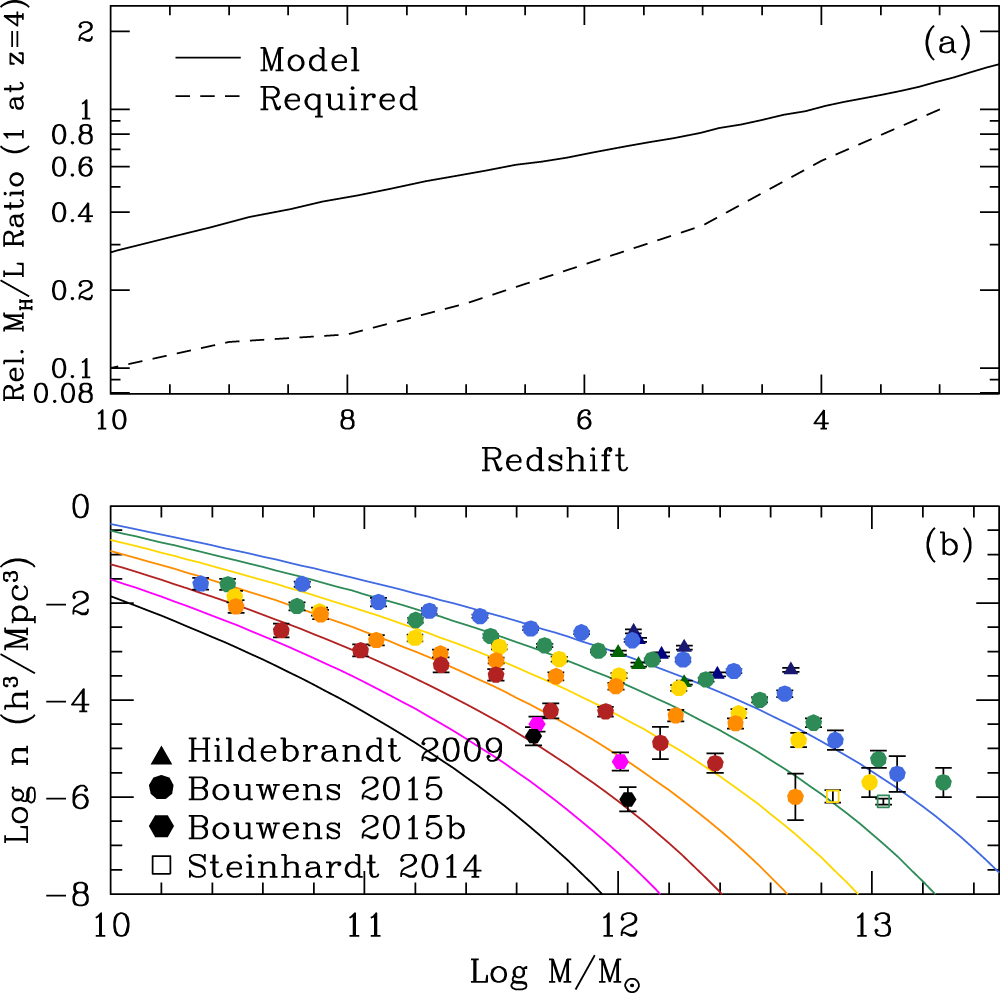
That rotation curves become flat at large radii is one of the most famous results in extragalactic astronomy. This had been established by Vera Rubin and her collaborators by the late 1970s. There were a few earlier anecdotal cases to this effect, but these seemed like mild curiosities until Rubin showed that the same thing was true over and over again for a hundred spiral galaxies.





